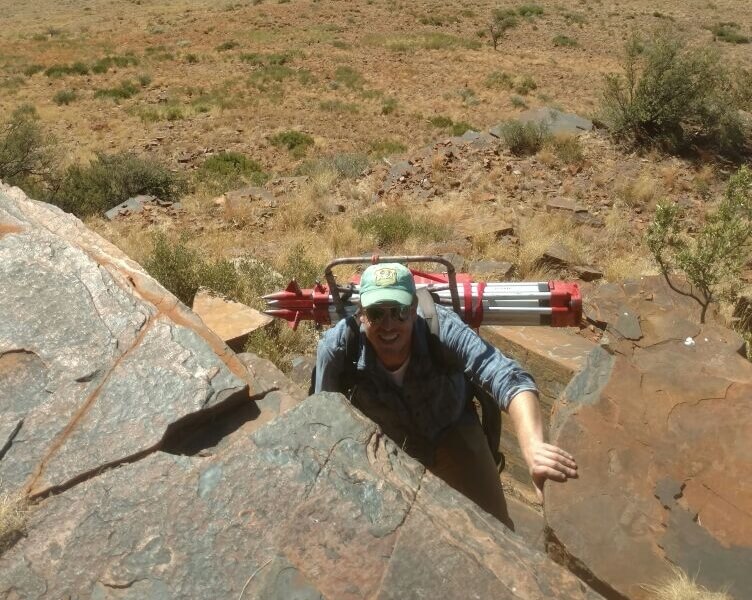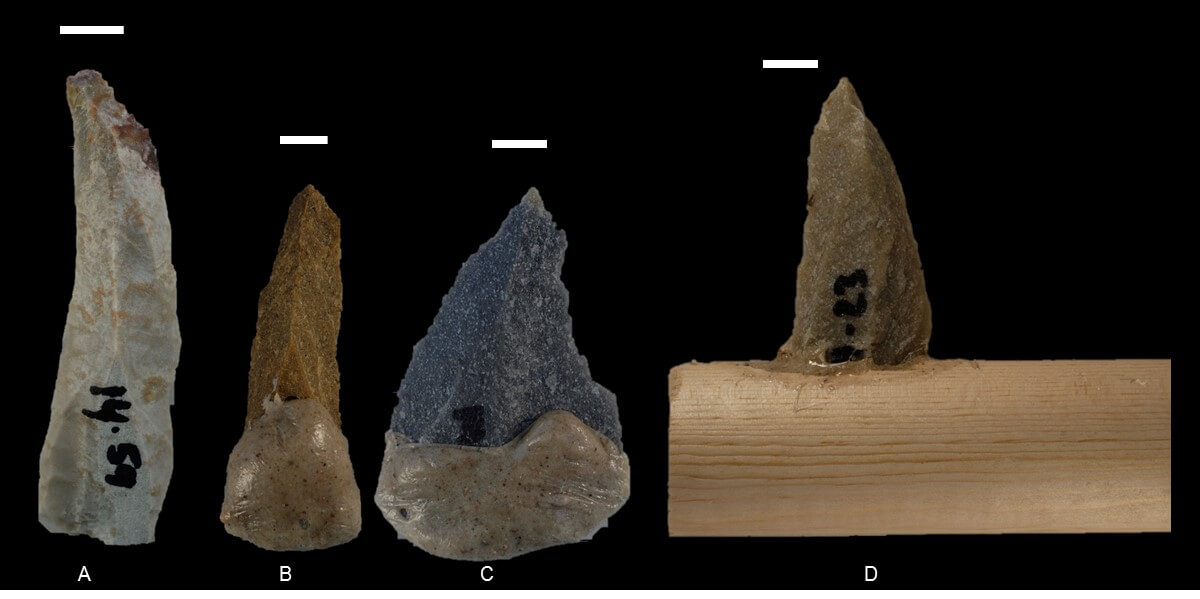How Did Middle Stone Age People Use Stone Tools in the Cape Floristic Region?
By:
Ben Schoville
Date:
Tue, 13/06/2017 - 18:30
Venue:
SA Astronomical Observatory auditorium
Branch:
Western Cape
Humans are able to use culture to adapt to their environment. Evidence of past adaptations is available from the surviving stone tools and animal bones from archaeological sites. The Cape Floristic Region (CFR) presents a unique environment for early modern humans in the Middle Stone Age (~160,000 to 40,000 years ago). Diverse plants and animals, as well as a changing coastline due to climate change required adaptive technologies in order to meet the challenges of the Pleistocene world. This study focuses on understanding ancient tool use by examining the broken edges of stone tools from archaeological assemblages across the landscape.
Humans plan their movements on the landscape based on the availability of food, water, and protection from the elements or other human groups. To understand how foragers used this dynamic landscape, I analyse cave and open-air site contexts from both coastal and interior settings in the CFR.
An extensive experimental program using replicated stone tools allows the function of archaeological artefacts to be inferred and provides evidence that new hunting technologies developed alongside, rather than replacing, existing technologies ~75,000 years ago. Humans survived in the CFR by using some stone tools for many activities similar to how we use Swiss Army knives today, while other tools were used for specific tasks to overcome specific challenges. A landscape perspective helps us to understand these patterns and their implications for modern human origins.

